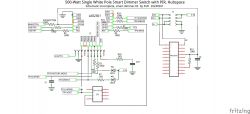Hi all,
Added: Since these ESP32 units are very probably write-protected I'm changing my opinion to really really bad design on these.
got me these dimmers, impressed by the design, they use 2xN-FETs instead of a triac.
Has power shutoff (via Micro Lever Switch) for safety.
PIR sensor, seems badly implemented in software.
Uses a 32-Bit ARM (Cortex) controller, just for dimming?
Several DC up/down converters.
Has many pins laid out as test points.
Never seen this WiFi chip, is it ESP or tuya or??

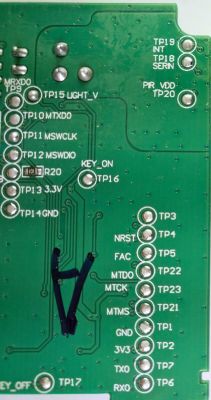
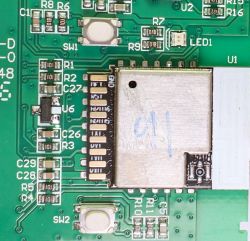
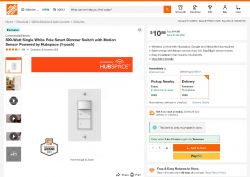
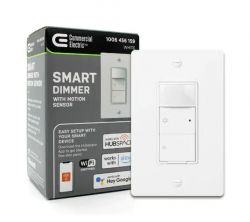
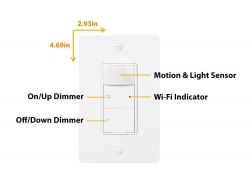
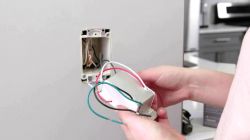
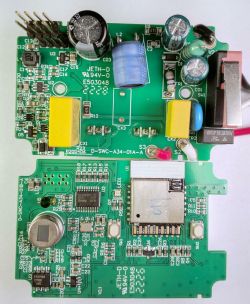

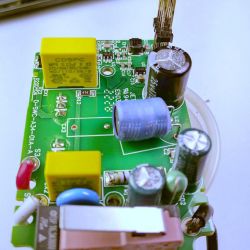
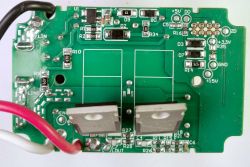

Any hints on how to proceed liberating this unit from its bad software problem?
Thanks
Added: Since these ESP32 units are very probably write-protected I'm changing my opinion to really really bad design on these.
got me these dimmers, impressed by the design, they use 2xN-FETs instead of a triac.
Has power shutoff (via Micro Lever Switch) for safety.
PIR sensor, seems badly implemented in software.
Uses a 32-Bit ARM (Cortex) controller, just for dimming?
Several DC up/down converters.
Has many pins laid out as test points.
Never seen this WiFi chip, is it ESP or tuya or??












Any hints on how to proceed liberating this unit from its bad software problem?
Thanks








